It was the 1920s in Havana, Cuba. The Streets were full of glamour embracing the bohemians who were getting ready to celebrate the opening of one of the most promising clubs for negro people of the time, “Club Atenas”.
I must confess, I had never heard of Club Atenas before a one of my clients, an African American, asked me about it. Perhaps he heard of it because the club hosted many prominent African American travellers and developed an international reputation for being “the” place for the cream of the crop in black society for recreation and political advocacy. I was embarrassed to have not known anything about this famous place, so I began to research and was amazed by what I learned about the historic Club Atenas.
Black societies and social clubs were formed as a decision by the Spanish government at the end of the 1890s. At the time these recreational options were only available to middle- and upper-class white people, but in effort to quell black participation in the independence war, Spain decided to make small concessions that would make Cubans feel as though change were occurring and that the Spanish government was addressing their needs. They hoped that by allowing these clubs where Afro-Cubans could be content and entertained it would reduce their interest in battle. Since then, around more than 200 private societies for colored people were created all over the country. No club would be more important than Atenas. Opened on May 11th, 1929, the club would become the hope of many Havana colored people in their search of greater acceptance in a society full of prejudices.
After learning about the existence of this club, I felt an urge to see the building for myself, to better imagine its heyday. When I was confirming the location of the club with the neighbors, I lucked into meeting Lazaro Jorrin who lives across the street and was witness to its glory days. He was cheerfully willing to share his fond memories of the club, which shut down in 1961, after the Triumph of the Revolution.
What was this club about?
Well… it was located in an elegant building that president Machado commissioned to be built in the 1920s if I well remember. It was on the corner of Ignacio Agramonte and Apodaca in Old Havana. I was an adolescent when I heard about it for the first time. It was a place for the middle-class negroes to get together, to share and socialize as they didn’t have a club of their own. It was the dream of all colored people who wanted to be in fashion in Havana in those times. There were influential generals who participated in the war against Spain; prestigious lawyers, writers and businessmen whose votes and influence were very attractive for the parties pursuing the seat of power. President Geraldo Machado himself donated 50 thousand pesos to create the building that would embrace the club Atenas. He even participated in the inauguration as well. It was funny because its members were not allowed to play mambo, rumba, conga, son or any other musical style of Afro Cuban origin! Members had to be happy with the polka, the waltz, the foxtrots, the bolero. Meanwhile, in white clubs you could see them dancing with the rhythm of “La conga” and “La rumba”. The black communities never understood this, but it was the condition imposed by the white leaders if they wanted to have the club opened. I remember coming over to a friend’s apartment near the club, and spending long hours looking at the people driving up in their pretty cars, getting out with their best clothes, going inside with so much elegance and pride! I wanted to be one of them to get in there!
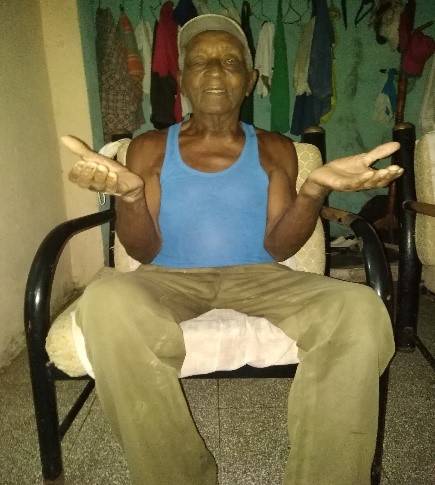
This is Lazaro Jorrin. He was born on March 13, 1930. He is 90 years old.
Why couldn’t you go in if you were black?
Unfortunately, being black was not the only requirement. To be a member you had to be an intellectual, a business man, someone with a white-collar job. I was a nobody born and raised in Ciego de Avila in a small village in the country side. At the age of 15 an uncle brought me here. As soon as I arrived, I immediately started to work as a mechanic’s assistant. The money I made was not even enough to invite a girl for a drink in a decent club where black people could enter. Imagine a man like me in Atenas! I was someone with no studies, poor. I didn’t come from a family of intellectuals or war heroes.
Was the club elitist then?
Of course it was! This idea of having a club for colored people was very welcomed in the black communities, but what we didn’t expect was to be discriminated against by people of the same skin color. As a result, the clubs weren’t for the black people but for the exclusive class of black people. People like me could never go in, unless they became waiters, musicians, dancers, someone in the showbusiness. There was no club with better music than Atenas. So, I fell in love with the idea of becoming a musician just to sing for these VIPs and be respected somehow.
What happened to your dream?
Time passed and also my wish to become an Atenas member. I had no other choice than lowering my expectations and opening my eyes to my reality. I needed decent food on the table. So, I started in the construction business; there was a lot of construction going on in the 1950s. I actively participated in construction of the Revolution Square that in that time was called the Civic square, and made more money. Then Fidel Castro came into power and shut all private clubs for the white and for the black people in the country. Definitively, Atenas would never be for me.
Today the building where the club was keeps the original eclectic architecture of the 1920s. From outside, it is possible to see its luxurious marble stairs that make you imagine the glamourous festivities of the black elite class of the époque that Lazaro told us about. After the triumph of the Cuban Revolution it became a daycare center.
How did you feel when you heard Club Atenas would be shut down?
I won’t deny having felt disappointed when I heard the club would be gone. I could never become a member but at least Atenas had been the result of the fight for the right of colored people to socialize, be recognized and respected. It is true they excluded the poor but they also honored those black warriors, intellectuals and politicians who contributed a lot to the Cuban people and its culture and motivated others to research them and grow proud of the color they carry. So, yes… the club was exclusive but even still… necessary.
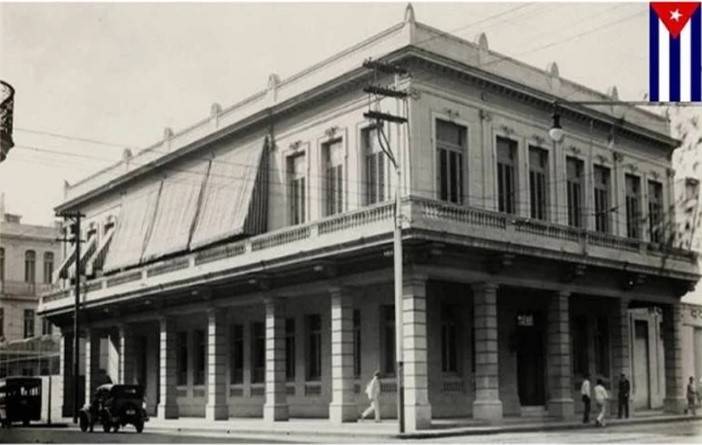
Club Atenas during the 1920s
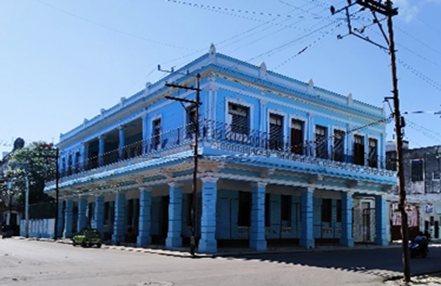
Club Atenas nowadays

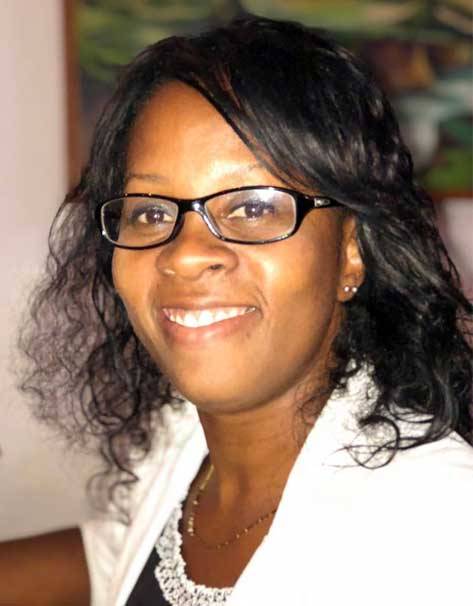
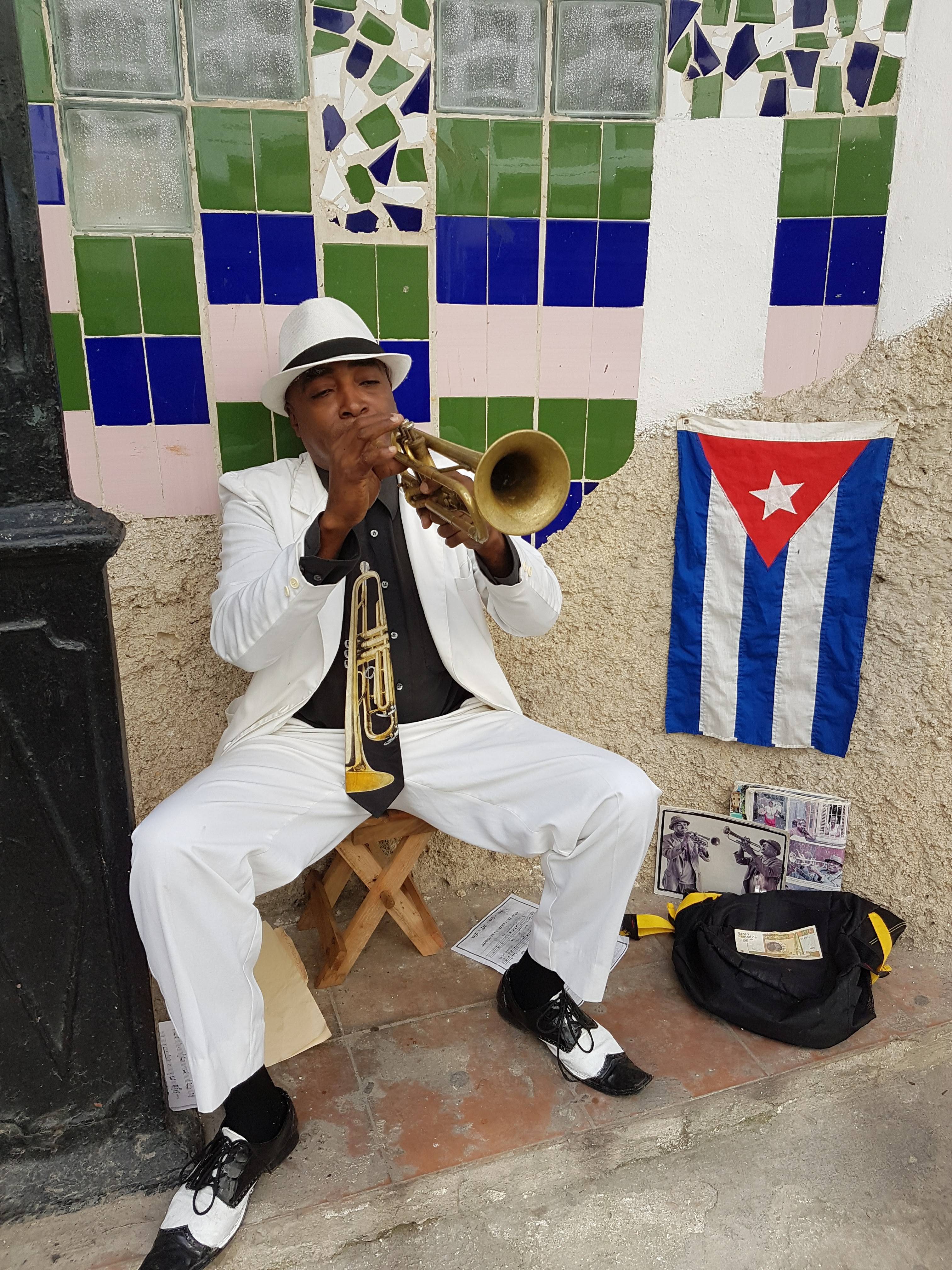
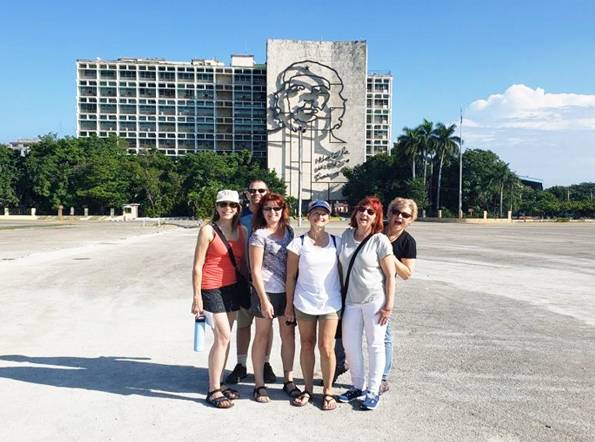
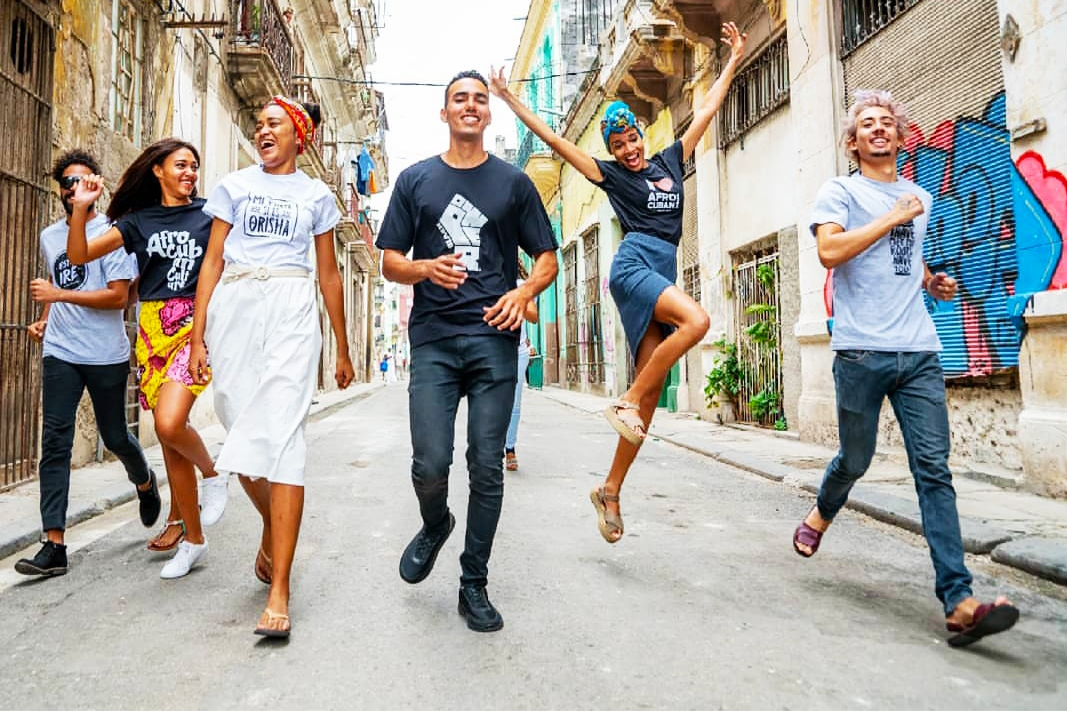
Comments
Be the first to comment!